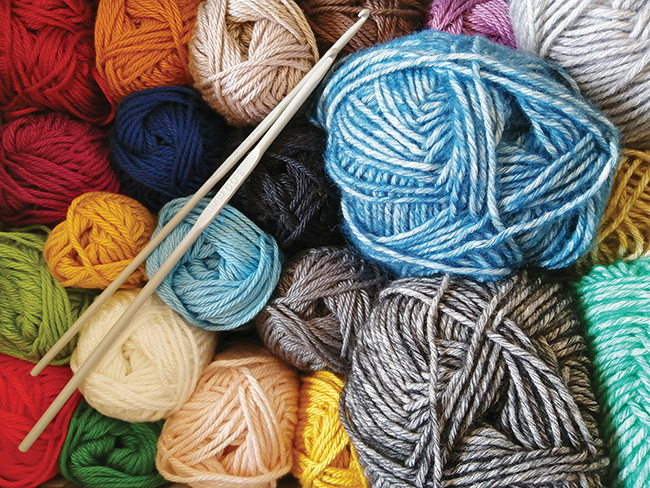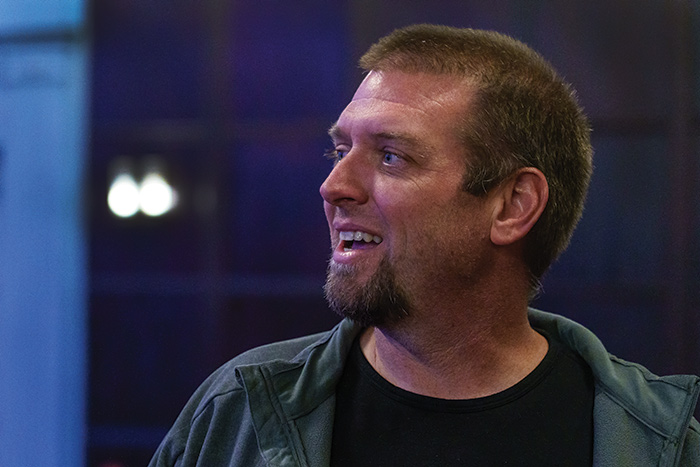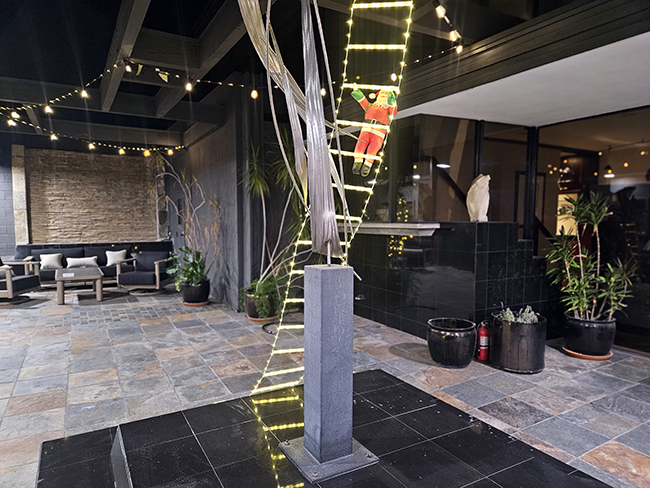Nostalgia is a killer … or is it?

by Mick Rhodes | editor@claremont-courier.com
Nostalgia has not been a topline pursuit of my so-called adulthood. Save the occasional high school reunion, I’ve generally shied away from looking backward. “Nostalgia is a killer” has been my credo for a good long time.
On one hand, I get it: it didn’t hurt to get out of bed in 1981. I was constantly surrounded by oodles of friends. There were fun things to do every night of the week. I could stay up until 3 a.m. then pop right at 8 and go to work. I didn’t worry about my creaky body, or much of anything for that matter.
But was it better? No. I’ll take today over yesterday. If I’m ever stuck in the doom loop of complaining about how everything’s terrible now and things would be so much better if we could just go back to (insert decade here), please tuck me into bed and send me down the river.
As I’ve done more of it, I’ve come to see breathing as a privilege. And the older I get and the more friends and family I say goodbye to, the more precious it becomes. Sure everything hurts, physically and emotionally, but I’ll take it over the alternative all day long.
So with all this in mind, it was with some trepidation that I traveled to Las Vegas last weekend with my wife Lisa and my friend of more than 40 years Robin to tour the new Punk Rock Museum. You read that right: it’s a museum dedicated to that onetime widely derided outsider art form.
Before it permeated all aspects of our culture, punk rock was populated by a fairly small group of outcasts and weirdos, which is precisely what made it fun. But by the mid-1980s LA’s punk scene had swelled and splintered, overrun by seemingly endless battalions of identical shaven head, hyper-violent white kids. The once vibrant, fashion forward collective, where artists, designers, music nerds, and outsider musicians, Black, white, brown, male and female, all thrived, had morphed into a sea of clones out for blood. Great punk bands remained — X, Legal Weapon, Black Flag, the Minutemen to name a few — but the vast majority of their audiences weren’t there to listen, they were there to bust heads. Yawn.
I stopped going to punk shows around then, except for those I played with my band. We were making records and touring the country, but oftentimes we’d be stuck on bills with bands with which we had nothing in common. Punk in Los Angeles had become a boring monolith, stripped of its color and reduced to a monochrome sporting event.
Still, over the intervening decades I have sometimes walked down memory lane with my band and friends, playing periodic reunion shows or catching one by a onetime fave. In this spirit, I made my way to Las Vegas and The Punk Rock Museum.
The main draw was guest docent Tony Reflex (aka Cadena, Brandenburg, Bee, Bandini), vocalist for Orange County punk legends the Adolescents, and an old friend. When the Adolescents split for the first time in 1981, Tony — a bona fide punk rock star — ended up in Glendora, where I lived. We met through mutual friends and soon he was hanging out and accompanying us to my band’s shows. I lost touch with him after moving to Pasadena in 1988, and didn’t see him again until 1999 at an art gallery in Santa Monica. Since then we’ve kept in touch sporadically. He even wrote the liner notes for my old punk band Human Therapy’s 2008 retrospective album, “Let it Breathe.”
So, making a trip to Vegas to see Tony was an easy call. And The Punk Rock Museum served up a great time. It’s cleverly thought out, well designed, and crammed full of unexpectedly delightful artifacts. Though it still retains a dash of the DIY ethos of early punk, it’s a surprisingly (to me) legitimate tourist attraction. Among the odd: the key from the New Orleans hotel room in which brilliant but troubled New York Dolls guitarist Johnny Thunders overdosed and died; a hollow bullet containing a portion of the late Motörhead founder Lemmy Kilmister’s ashes; and the late Ramones bassist/songwriter Dee Dee Ramone’s wedding ring. It’s also chockablock with stuff you’d expect: photos, flyers, handwritten lyrics, guitars, clothing, and other ephemera. There’s a gift shop, of course, but also a bar, a tattoo shop (!), a jam room with instruments anyone is welcome to play, and an exhibit dedicated to the many punk pioneers who are no longer with us.
Our guide Tony was present for the first wave of LA and Orange County punk. As such, he had oodles of stories, from the touching to the salacious, for most of the LA-centric exhibits, and some for New York, San Francisco, and Washington D.C., among others.
It took me back. And I liked it. I even came across a flyer on the wall that included my band, which was a happy surprise.
Sixteen-year-old me would never have dreamed there would one day be a big, shiny two-story monument to punk rock standing in Las Vegas, of all places. And though I had mixed feelings leading up to the trip, I realized afterward it wasme who had been leaning into the nostalgia. I’d been holding on to the idea that my sepia-toned memories of our long gone exclusive club were somehow superior to what punk rock has become, which is honestly just another brand, like Coca-Cola, or, yes, The Punk Rock Museum. I recently saw a Ramones T-shirt at Wal-Mart, for God’s sake.
I suppose every generation has its rebellion co-opted by corporate America at some point. Marketeers selling the 1950s have scrubbed clean the decade’s racial strife. The 1960s have been reduced to an easily digestible “peace and love” stereotype, despite much evidence to the contrary. The 1970s were always going to receive the same treatment, hence The Punk Rock Museum.
So it turns out I may need to modify my credo. Maybe it should read, “Most nostalgia is a killer,” because this eye-opening dance with the dreaded way back machine was pretty fun.










0 Comments